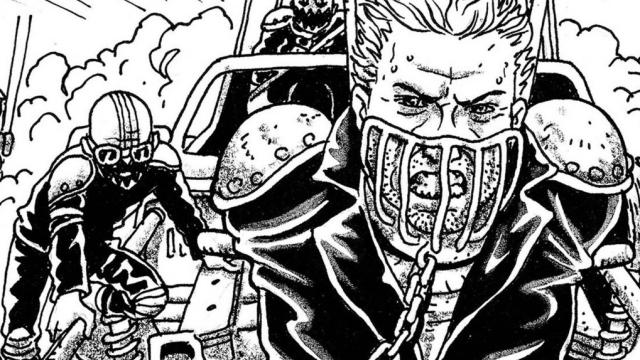There are many ways to bring a film together. From the concept to the final product, every day filmmakers find more and more ways to get creative. In the 1970’s, the Mad Max franchise burst on the scene and became known as a beacon of sorts. With it’s mix of unnerving story and beautiful visuals, the action and dystopian genres were revitalised. Yet it wasn’t until Mad Max: Fury Road, that the series opened a new avenue for stories to be told.
While I usually like to take my films with a heavy dose of scripted content, Mad Max: Fury Road was a pioneer in visual imagery. From the series of endless chase scenes, expertly designed characters, to the desert scape that made you feel the blazing heat within each frame, there was something about this film that just had me changing my tune. Writer-director George Miller returned to the Mad Max universe with aplomb, while taking a different approach to the story at the same time.
Utilising the more visual aspects of the world he had created, Miller chose to present the film as a series of highly detailed storyboards. Around 3,500 panels of which, were created in order to live up to his vision for the film. And this was before the first scene of the script was ever written.
While unheard of in most film circles, it was a long arduous process to get the film to this place. Miller had initially created the concept for the film in the late ’90s, before a series of delays that sent the film careening into development hell. After finally returning to the concept in the late 2000’s, Miller approached a series of artists to develop an in-depth series of storyboards that would serve as the canvas for the film.

Each shot was meticulously created for each panel, playing out like its own graphic novel. While the script itself features a bit more dialogue and interaction, it was imperative to transform the story from script to storyboards to capture the concept correctly. And the strength of the storyboard speaks for itself.
As a thank you to the fans who stuck by the franchise, the storyboards were then packaged into a book that also included a series of notes written by the director as he fleshed out the concept further. Mad Max: Fury Road utilised it’s incredibly atmosphere to create something special. Something could be the start of something more.
Now, with James McAvoy’s upcoming unscripted mystery film in the works, we could be seeing a whole new world of script-less cinema become a mainstay. And I, for one, am interested to see how it goes.
